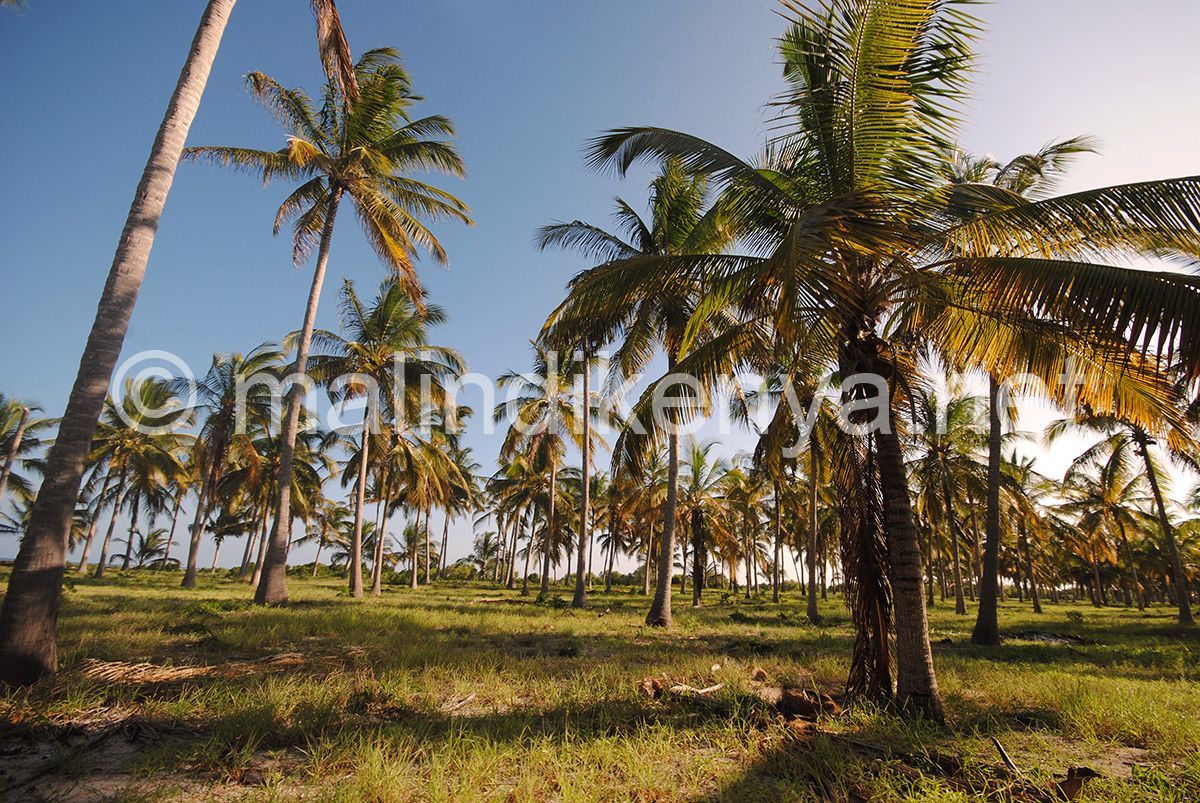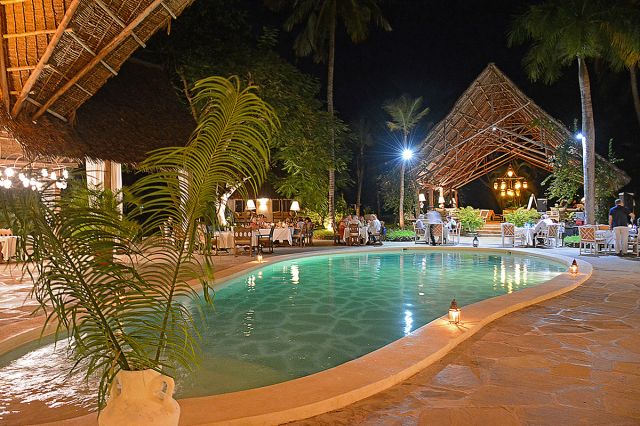
ENVIRONMENT
15-02-2024 by Leni Frau

Among the endangered palm species, and those threatened by human activities, according to a recent study there are also those that make the Kenyan coast even more charming and 'holidaying', as well as providing essential help for local people both for its fruits and for the leaves that are used as roofs and more.
Palm trees have always been a certainty for the inhabitants of the coast and its immediate hinterland, and now they too are beginning to suffer from climate change and man's lack of respect for them.
Researchers at the Royal Botanic Kew Gardens in London used artificial intelligence to assess the risks to the entire family of Kenyan palms, from the classic 'coconut' to the Dumdum and the iconic traveller's palm. The data give a much better idea than before (in short, it seems that AI does more than just damage) of how many and which species of such vital plants, which can solve most of the problems of the local population, are at risk. Civilisation and unrestrained building in tourist and industrial areas has already eliminated many of them, cut down to make room for construction (in fact, palms also survive because their wood has no great practical uses), plus climate change has caused new insects and moths to proliferate that threaten them and to which the local population still cannot find antidotes. This is in addition to the excessive activity of coconut pickers and tappers of the alcoholic liquor made from the seeds.
It is essential to preserve them and not over-exploit them, because thanks to the coconuts, called 'madafu', one can feed oneself with their fresh pulp and quench one's thirst in times of drought with its mineral-rich water. With the dried fruit, on the other hand, one can make a powder that can enrich poor dishes and above all, by soaking it in water or milk, obtain a creamy cream that gives flavour and protein in meat and fish sauces, beans, and vegetables.
Palms, however, are also indispensable for their leaves, which, once dried, make up with the so-called 'makuti' (bundles of dried leaves intertwined to become tiles) the roofs of most local dwellings, from mud huts to large villas in the coastal strip and the hinterland up to a hundred kilometres and more. Although there is a great deal of controversy lately about modern housing, especially in urbanised centres, roofs made of makuti, because they are highly flammable and at great risk of fire transmission and serious damage, for the local population they are the only possibility of shelter from the rain and even the sun, in their spartan residences.
Oil is also made from the coconut, which can be used both for cooking (and in this period with the rising price of seed oil it becomes even more important) and for cosmetic use.
There is a fourth aspect, little considered but very widespread and more criticised than usual these days: from the sap of the palm trees we obtain the so-called palm wine or 'mnazi'.
Palm wine is the most popular drink used by the Mijikenda tribes of the coast, traditionally drunk during ceremonies such as weddings and funerals. If sipped fresh, just tapped, it is moderately alcoholic (kajama) and fairly tasteless, while the more it ferments, the more acidic, alcoholic and harmful it becomes. Abuse of mnazi can lead to trance-like states, hallucinations, and prolonged use gives ethyl coma.
These days, mnazi tappers are in the eye of the storm because it has been shown that coconut palms dry out more during the hot season and risk losing their productivity and even dying.
"We have to do everything we can to protect biodiversity, which includes more than a thousand palm species that we now know are under threat," the expert researchers explained, stating that action needs to be taken to conserve the plants in situ and collect more data on them, which cannot be done without the people who live in the regions where the palms grow and use them on a daily basis.
According to the research, published in Nature Ecology and Evolution, at least 185 palm species that have a use, are at risk of extinction and are in particular need of attention in order not to negatively affect an entire ecosystem.
NEWS
by Freddie del Curatolo

For once, Nature wins over infrastructure.
The three...
ENVINROMENT
by redazione

The protection of Kenya's marine environment and its ecosystem has received the important support of a Hollywood movie star.
Leonardo...
ENVIRONMENT
by Freddie del Curatolo

It is one of the most precious assets of Malindi and the entire Kenyan coast, and...
TOURISM
by redazione

The wild heart of Africa beats to the rhythm of the Great Migration, an unparalleled natural spectacle that comes...
PLACES
by redazione

On Friday evenings in September, the historic and renovated hotel-restaurant La Malindina, Malindi's special lounge, offers...

The September programme of the historic and renovated hotel-restaurant La Malindina, Malindi's...

What can come along to annoy the King of the Savannah, to the point of making him lose sleep...
ENVIRONMENT
by redazione

The Italian company of safaris "Bush Company", with KWS, sponsors the observance of the rules in Tsavo.
Last week in the Tsavo East the safari company by Camilla Frasca Caccia, only Italian professional guide certified "Silver" KPSGA, has completed the operation...
LOCALI
by redazione

From today, Friday, October 2 in Malindi reopens the pizza parlor.
The...
PLACES
by redazione

The Malindina also imposes itself as a salon of solidarity.
In ...

With the new year, Tuesday evenings in the historic and renovated hotel restaurant La Malindina, the ...
REAL ESTATE
by redazione

With the reopening of air flights, for now only at national level, we propose the real estate offers of ...
EVENTS
by redazione

On the occasion of the World Week of Italian Cuisine, the Bar Bar, the number one...